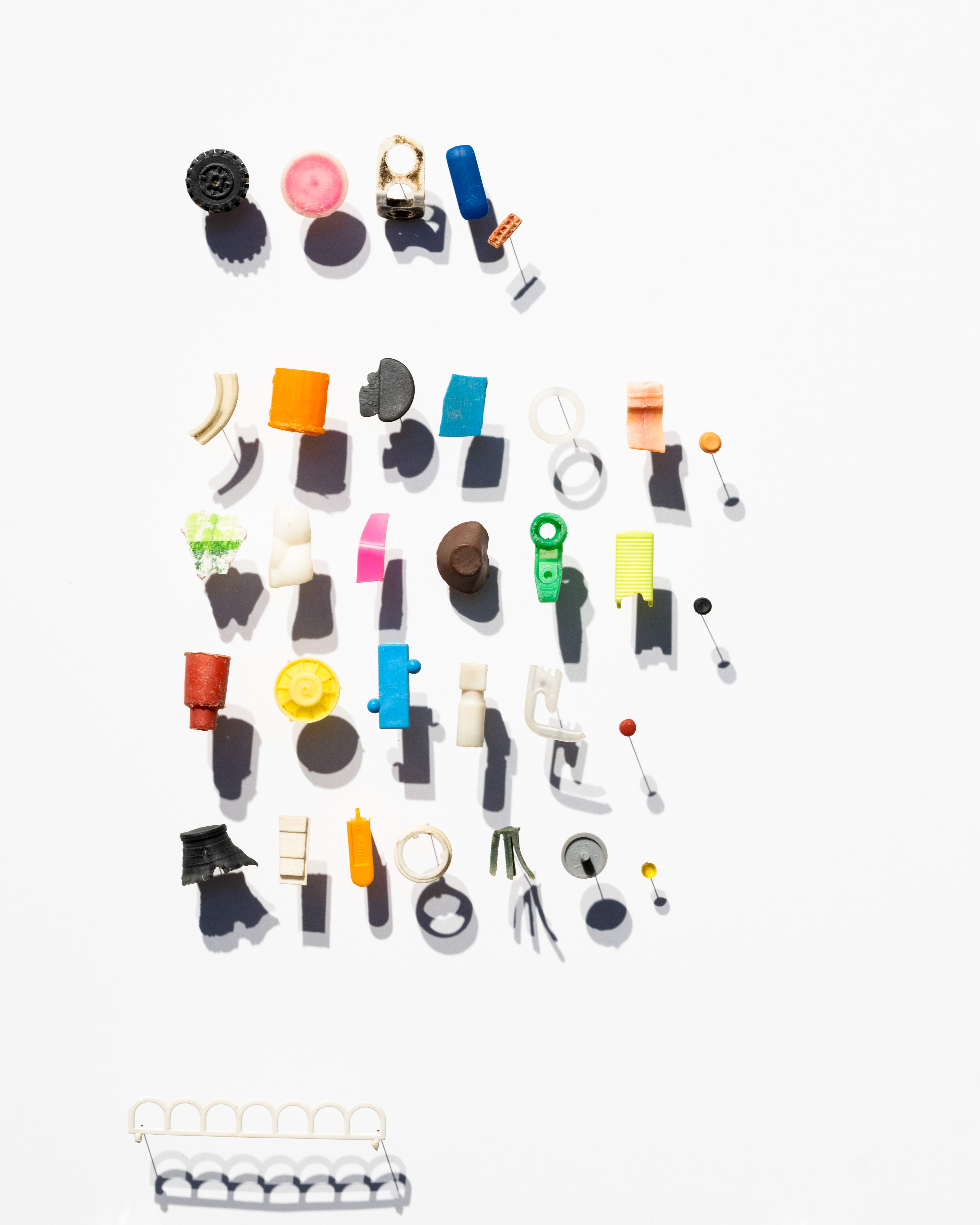SAFETY NET
In collaboration with the Tobacco Lab at Roswell Park Comprehensive Cancer Center, this work uses e-cigarette cartridges confiscated from grade schools across Buffalo, New York. The cartridges are woven together to create a malleable netting formed into playful shapes. As a material, these cartridges were designed to be attractive. A strategy used in various fields to make products appealing even when harmful and deadly.
This work was installed inside the historic Marine A grain elevator for the Silo City Reading Series in Buffalo, NY. It featured poetry readings from Donika Kelly & Nabila Lovelace, and musical performace by Charlie Martin (Hovvdy).
This work was installed inside the historic Marine A grain elevator for the Silo City Reading Series in Buffalo, NY. It featured poetry readings from Donika Kelly & Nabila Lovelace, and musical performace by Charlie Martin (Hovvdy).
︎
PLASTIC HOMES
FOUND PLASTIC FROM UNITY ISLAND IN BUFFALO NY,
RECLAIMED SHOWER CURTAIN, THREAD

This work directs our focus to the accumulation of waste consumed on a daily basis in the comfort of our homes. It visually fills the structure in similar ways we fill our surroundings.
︎
LETTER BLOCKS
WOOD AND PAINT


Letter Blocks deliberately fragment letters across planes and surfaces to distort text. All 24 cubes have a unique set of letters. They resemble letter blocks from childhood and hold a sense of nostalgia for the fundamental years of learning. Built to scale for an adult, each cube is 24” x 24” x 24”.





Countless studies show dyslexics have increased vergence errors. Vergence errors can occur when the eye is accounting for depth while reading on a 2D surface. By using a 3D form (cube), we can explore distortions caused by vergent angles. This can help visualize what it might be like for a letter to transverse the depth plane.
︎
WASHOUT
ACRYLIC, WATER, GLASS
![]()
![]()


WASHOUT is a simulation of the washout effect. A visual distortion of text caused by dyslexia. This is when text can appear blurred or indistinct, triggering many dyslexics to guess words instead of reading them. When standing directly in front of the work, the word, “WASHOUT” fades, creating a blindspot. When you move to either side, the word reappears overlaid. Italic lettering and serif fonts can make it harder to read and were deliberately chosen to obscure the text further.
︎
CORRESPONDENCE WITH DETRITUS
MESO & MICROPLASTICS, INSECT DISPLAY PINS
![]()
![]()
![]()
Photos by Nando Alvarez-Perez


As a dyslexic the alphabet resembles shapes that can feel foreign at times. By replacing text with abstract plastic debris, the work maintains the format of a written letter while distorting our ability to read it. The plastics are found and removed from the environment, unaltered, tagged with their geographic location to maintain the object’s integrity and understand its lasting impact.








